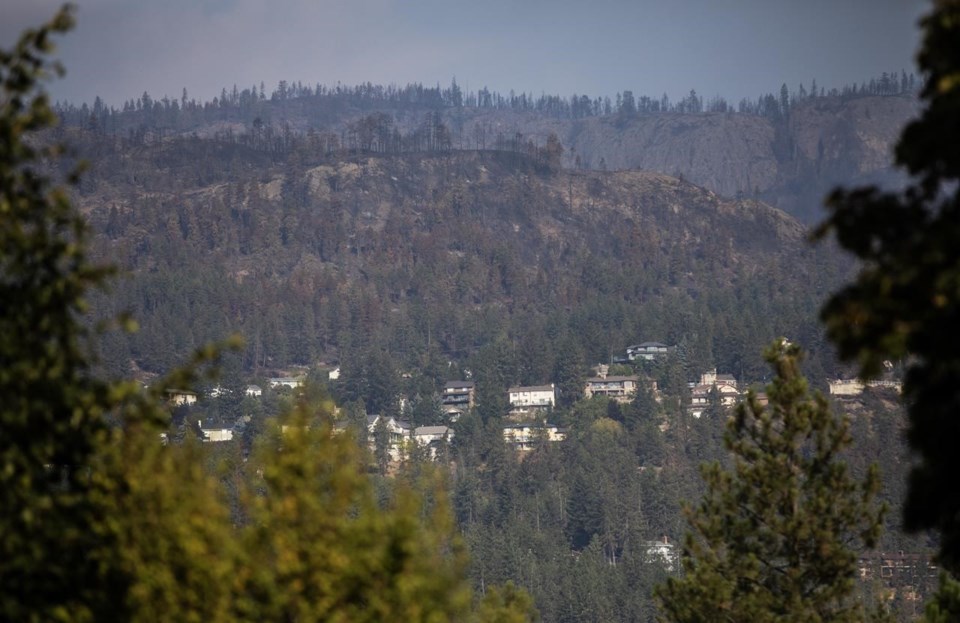VICTORIA — British Columbia's state of emergency ended Thursday just under four weeks after ferocious wildfires ripped through several communities, burning homes and businesses and forcing thousands to escape.
The B.C. government said in a statement the wildfire risk is diminishing in much of the province as temperatures cool, allowing most residents to return home.
Bowinn Ma, the minister of emergency management, said while the provincial state of emergency is no longer required, the wildfire season isn't over, and many communities still have local states of emergency.
Ma said in a statement the expiration of the emergency declaration doesn't affect wildfire-fighting resources or their ability to continue to provide emergency supports to communities.
"In particular, conditions continue to be very challenging in northern B.C., with 125 active fires in the Prince George Fire Centre, and the province will continue to surge resources into the North as required."
The wildfire season began very early in the north, where the massive Donnie Creek wildfire was discovered on May 12 and it remains out of control.
The fire covers more than 5,800 square kilometres in the northeastern corner of the province and spills over into both Alberta and the Northwest Territories.
That fire helped the province to a record season for area burned at 23,750 square kilometres.
Neil McLoughlin with the provincial wildfire co-ordination centre said in a briefing Wednesday that some of this year's wildfires could continue burning over winter and flare up into next spring.
Record-setting weather in July quickly dried out most of the rest of the province and the fire danger spread south.
The provincial state of emergency was declared Aug. 18 as winds fanned fires into infernos in several areas, including the Kelowna and Shuswap regions, where most of the 400 homes and other structures destroyed this season were located.
At the peak of wildfire situation, more than 70,000 people were on evacuation order or alert.
Adding to the wildfire mix is the drought situation, where much of the province is either at a drought Level 4 or Level 5, the highest rating.
McLoughlin said Wednesday that current drought conditions are expected in southern B.C., but those in the north are not typical, and dry fuels on forest floors remain "available to burn."
Officials with the Central Okanagan Emergency Operations Centre said Thursday that more evacuation orders were lifting for homes around the McDougall Creek wildfire.
Residents of 16 properties along Bear Creek Road were allowed to go home, although they remain on evacuation alert and must be ready to leave again if there is a flare-up.
The centre says about 350 properties are still under evacuation order and close to 5,000 are on evacuation alert as the fire remains out of control, nearly a month after it was reported.
There are almost 400 fires are still burning in the province and about 160 of those fires remain out of control.
This report by The Canadian Press was first published Sept. 14, 2023.
The Canadian Press




